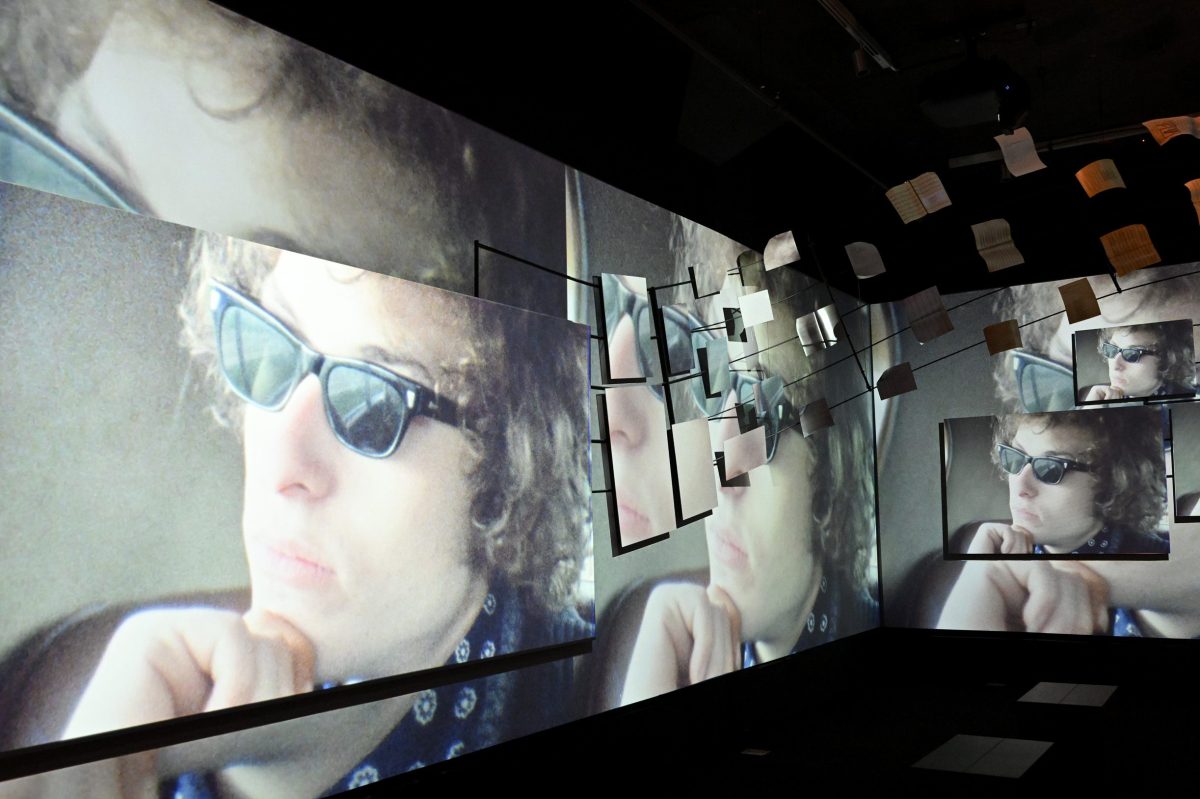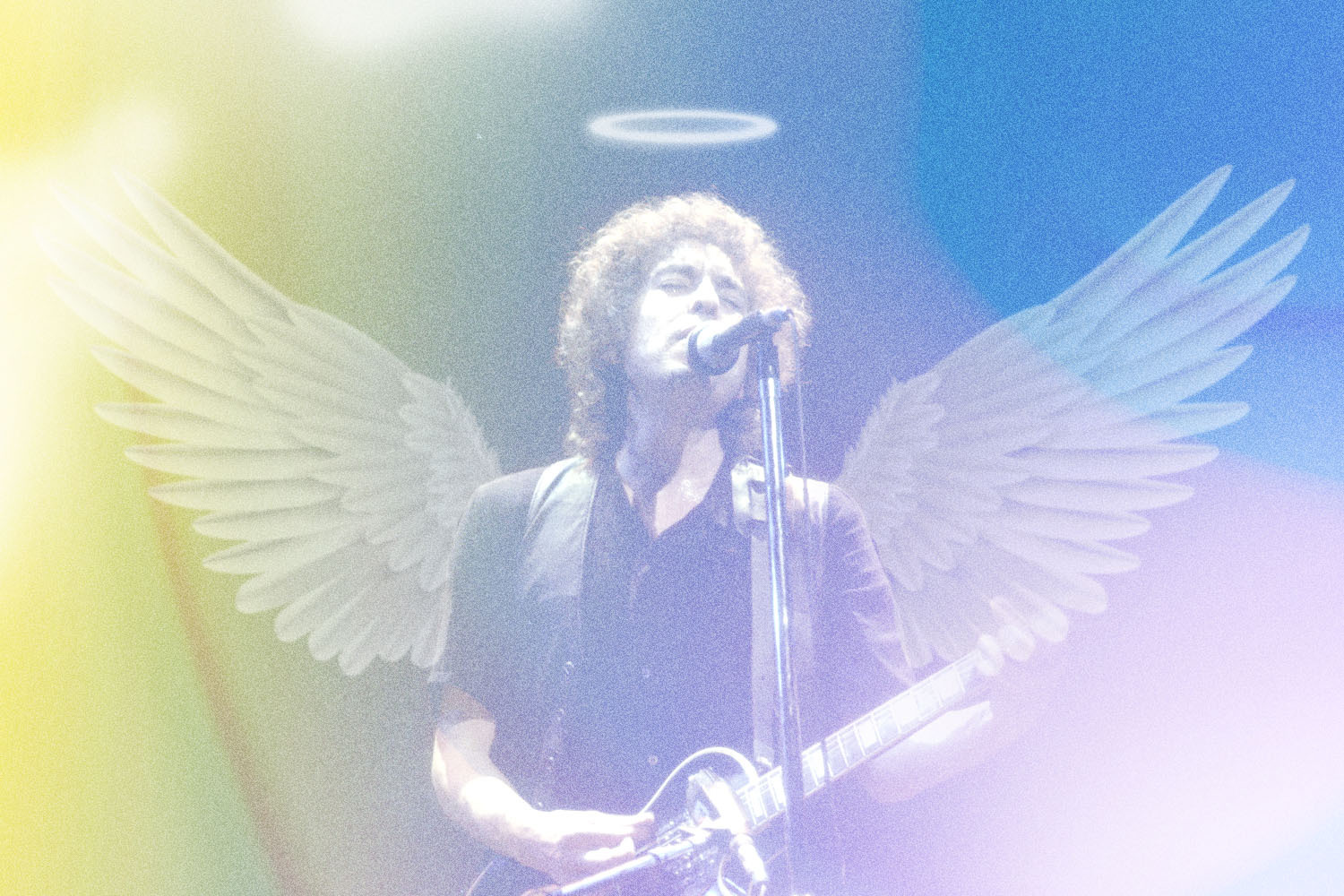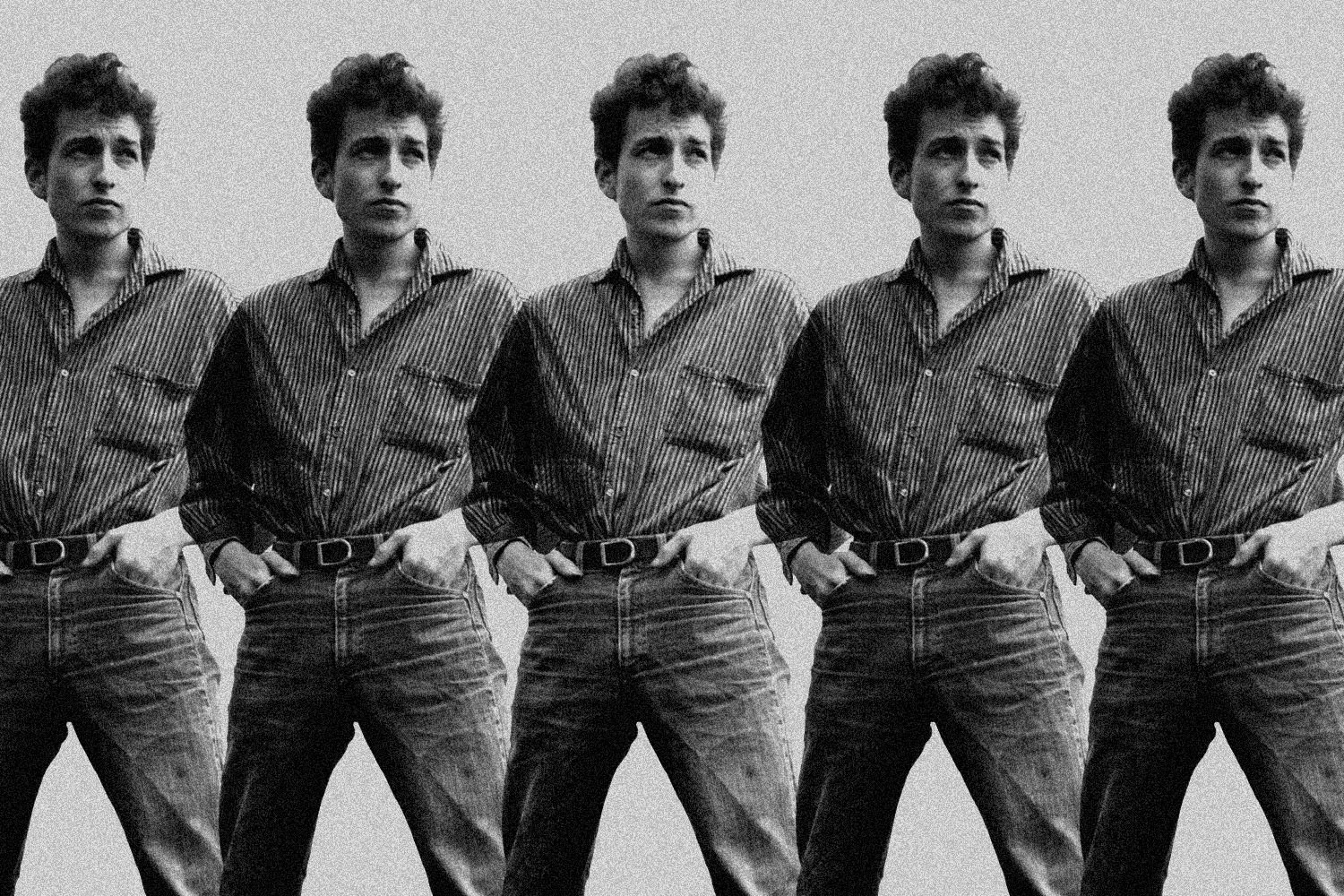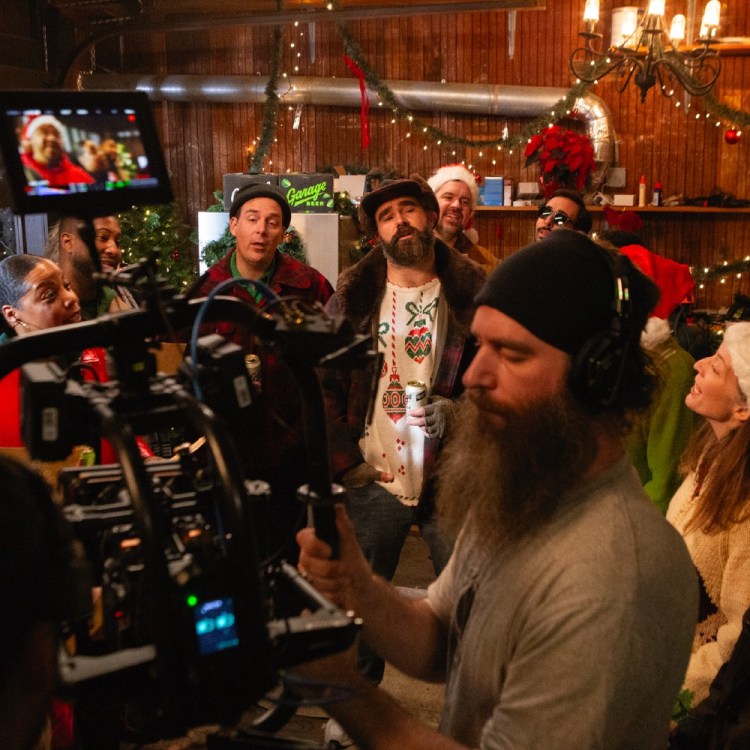As you enter the Bob Dylan Center, in the heart of Tulsa, Oklahoma’s newly burgeoning Arts District, you’re greeted by a massive, 16-foot ironworks sculpture by the man whose name adorns the building that houses a veritable treasure trove of cultural artifacts from the last 60 years: the 100,000-plus item archive that Dylan sold to oil-mogul and philanthropist George Kaiser in 2016, for a reported $20 million.
While that’s where Dylan’s current association with the center bearing his name begins and ends, when the Bob Dylan Center opens to the public on Tuesday, May 10, it will mark a new chapter not only in Tulsa’s storied cultural history, but also in our understanding of what has made Bob Dylan such a towering figure in our recent history, why he continues to make new fans (both casual and obsessive) and why there’s a such a thriving ecosystem of those followers trying to work out what makes the Nobel laureate tick.
“We’re celebrating the ongoing work of an artist who has a particular sort of genius for not just songwriting, but many other art forms, too,” Steven Jenkins, the Center’s director, tells InsideHook. “So, alongside the amazing amount of drafts of songs and lyrical ideas that we have, we’ll have that 16-foot tall metalwork that Dylan made specifically for us, as well as the earliest oil painting of his that we know of, from 1968, a series of pastels, and Dylan’s poetry, in the form of several drafts of [his late-’60s free-form book]Tarantula and other publications. But while we are trying to convey the wide scope of Dylan’s artistry, in a way that engages both casual fans and serious scholars, equally important is Dylan as an exemplar of the creative instinct and the creative impulse. So what we’re hoping visitors will engage with, as they walk in and tour the center and take in the many surprises and delights and provocations, is the sense that all of us have something to say and communicate.”
A heady mission, to be sure, but the gleaming, 29,000-square-foot Bob Dylan Center, designed by the Seattle-based architecture firm Olson Kundig, is a thoroughly engrossing experience for what the millions of expected visitors will encounter, giving them each the first glimpse of some of the treasures found in the archive Dylan has accumulated over the course of his 60-plus year career, among them manuscripts of handwritten lyrics for some of the world’s most beloved songs, previously unreleased recordings, never-before-seen film performances, countless unseen photographs, visual artworks and other items that even the most casual Dylan fan previously could only dream of setting eyes on.
“I was there in real time, but this is what real time looks like on steroids,” the blues artist Taj Mahal says, after a tour of the Center. “If you have any interest in this man, you will really want to see the width and length and breadth of all this. It’s incredible. To have been there while it was going on, when we were thinking about how many records we were selling and not realizing there was a life behind it that created all this, now to get to really see all the bones, all the building and the foundation, there’s really something for everybody.”
“Everybody,” of course includes the what Alan Maskin, the lead architect of the project, refers to as the “skimmers, swimmers and divers” — in other words, Dylan novices, casual fans and the true obsessives known as the Dylanologists, respectively. Each can truly each find something remarkable inside the Center’s doors, and they’re all likely to take away something unique and unexpected.
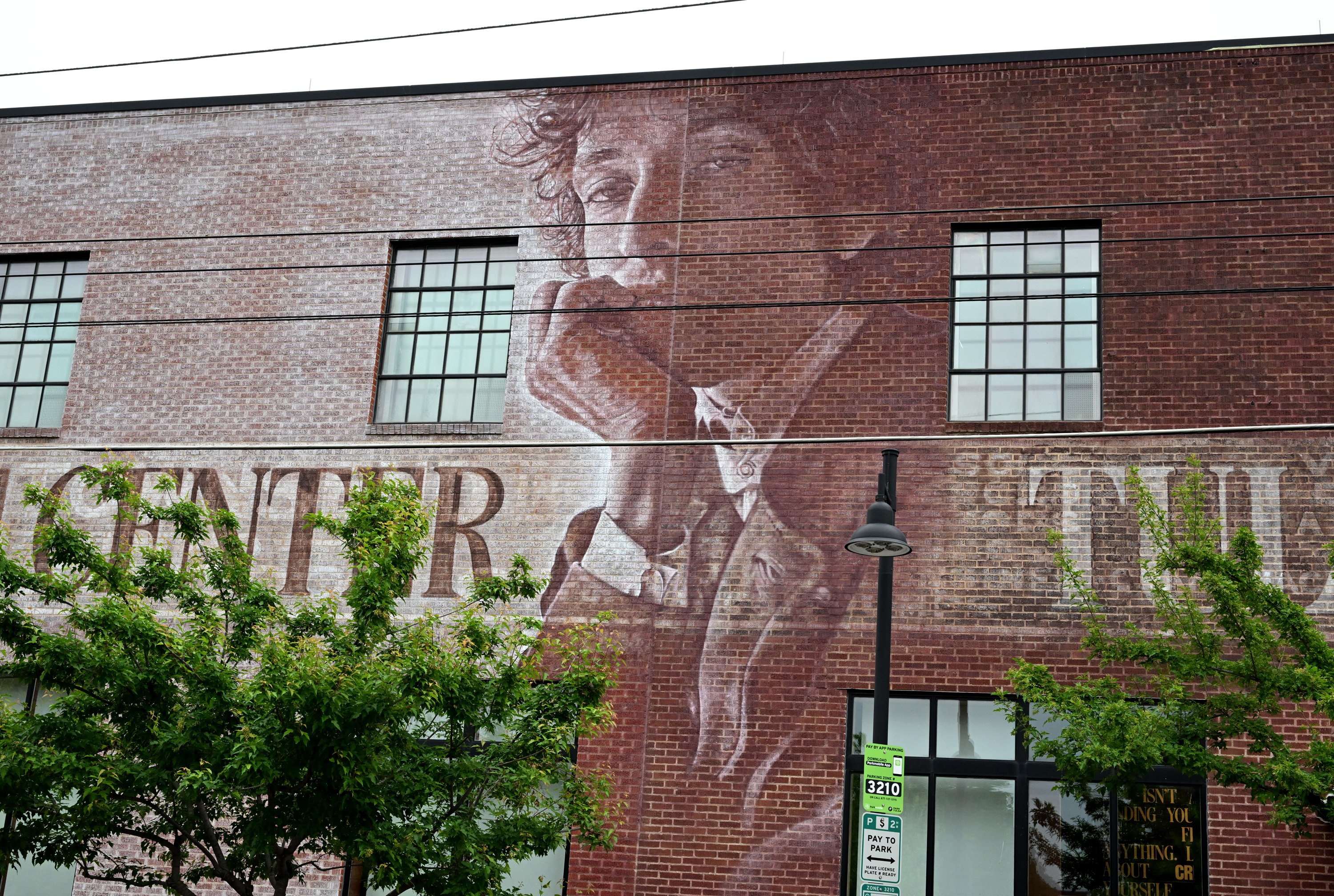
Inside the Center, artfully designed exhibits utilize cutting-edge technology to create immersive and unique experiences for visitors. These include The Church Studio Control Room, which recreates the legendary Tulsa recording studio originally owned and operated by local legend Leon Russell and will enable visitors to experience hands-on mixing of a regularly changing selection of original Dylan recordings, and the Columbia Records Gallery, sponsored by Dylan’s longtime record company, which chronicles Dylan’s everlasting career and his impact on music and culture via an ever-changing deep-dive into the origin stories of a mix of some of his era-defining songs through many never-before-seen lyric drafts and other items drawn from what we now know was once Dylan’s vast personal archive.
“The actual archive will be available to scholars and academics, who can come in and use them for research purposes,” Jenkins explains. “ But my team’s job is to think about how to make those materials available to the general public in our 15,000 square feet of exhibition space. We want to highlight the breadth and depth of the archives through exhibitions and that I hope will bring the archival materials to life for both diehard Dylanologists as well as the more casual fans, folks interested in music, arts, culture, or American history in general. Ultimately, we just want to do Dylan justice. That’s, in the end, a big part of what I consider our mandate.”
While every facet of Dylan’s career is given the attention it deserves, for Taj Mahal it was the portions of the Center focused on Dylan’s ’60s output that was so remarkable.
“Every time you turn, it was like, you’d breathe in and it was one thing, and when you exhaled, it was something else,” he says.
Located just steps from the Woody Guthrie Center — a connection to the man Dylan had idolized as a young musician that reportedly weighed heavily in his sale to the Tulsa-based Kaiser Family Foundation, given that Dylan has no other personal ties to the city — the Center also features cutting-edge and immersive technology in a multimedia environment. Finally, last week, as a way to kick off the much-anticipated grand opening, the Center celebrated its launch with an series of events featuring three of the world’s most acclaimed musical artists, all of whom have cited Bob Dylan as an influence on their work.
On Thursday, May 5, the legendary Mavis Staples performed a barn-burner of a set at a private event for 500 invited guests. The following night, Patti Smith and her Band returned to Tulsa’s famed concert venue Cain’s Ballroom for the first time in over 40 years for a concert that included three Dylan deep cuts, “Boots of Spanish Leather,” “One Too Many Mornings,” and “The Wicked Messenger,” much to the delight of the 2,000-plus strong crowd. And on Saturday, Elvis Costello and the Imposters played a sold-out Cain’s show that mixed Costello’s own formidable catalog with that of the man he’s shared the stage with many times — from the country swing of “Last Night the Bottle Let Me Down” and a rousing “Pump It Up” to two Dylan covers, an elegiac “I Threw It All Away” and a slow, swampy “Like A Rolling Stone” — and capped off a long weekend of festivities in grand, truly rock and roll style.
“We’re all here for Bob,” Patti Smith, who has known and occasionally worked with Dylan since the mid-’70s, says. “And for me, what he gave me wasn’t that I was influenced by his work, but was sort of a template of behavior. I just completely identified with the way that he walked, his sort of smoldering arrogance. Bob Dylan, for me, brought together, especially when he went electric, rock and roll and image and language and poetry. He had everything that I was looking for in my own personal evolution.”
At the Bob Dylan Center, we can now all find a little piece of that same inspiration.
This article appeared in an InsideHook newsletter. Sign up for free to get more on travel, wellness, style, drinking, and culture.
